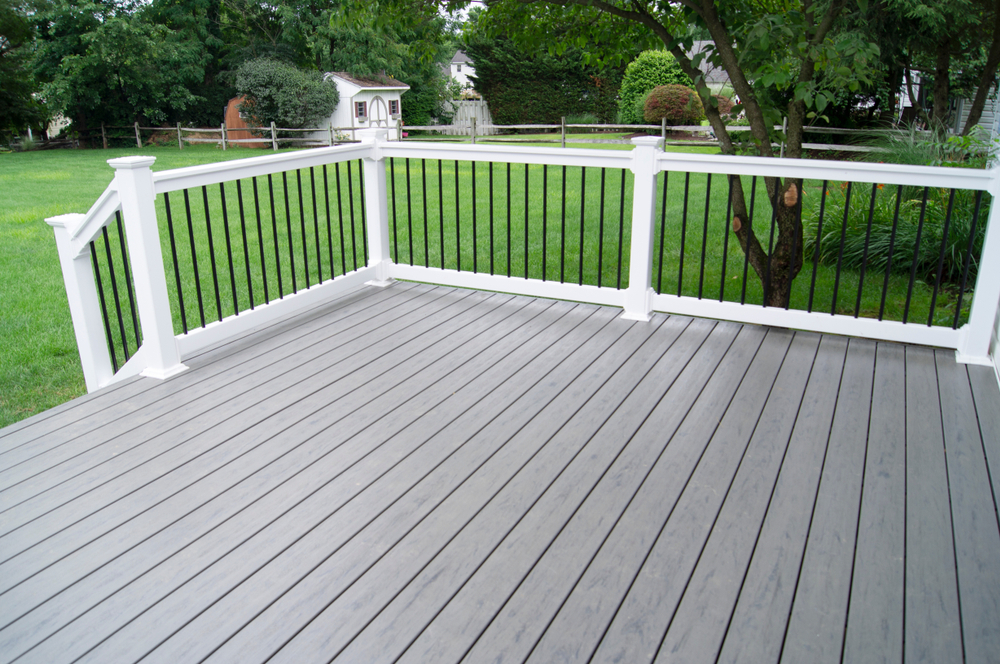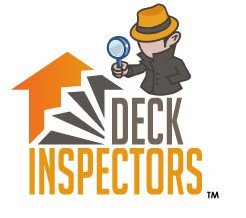How SB 326 and SB 721 Impact Cantilever Balcony Inspections in California

California’s climate is ideal for outdoor living. So, cantilever balconies are a popular architectural feature in many multifamily residential buildings. However, the tragic 2015 balcony collapse in Berkeley was a wake-up call, prompting the state to implement stricter inspection laws. Two legislations—SB 326 and SB 721— govern the inspection of exterior elevated elements (EEEs). Property owners and HOAs must recognize how these laws impact their responsibilities and role in ensuring structural safety. SB 326 and SB 721: What’s the Difference? While both laws were passed to address the safety of EEEs, they apply to different types of properties: SB 326 applies to condominium buildings with three or more units. It mandates that HOAs conduct inspections of load-bearing components attached to the building that extend beyond its exterior walls every nine years. SB 721 applies to apartment buildings and other multifamily rental properties with three or more units. The initial inspection must be completed by January 1, 2025, and subsequent inspections are required every six years. Both laws aim to detect signs of structural deterioration before they lead to injury or property damage. However, the requirements for reporting, documentation, and repair timelines vary slightly depending on the applicable statute or regulation. In both cases, working with licensed inspectors who understand the nuances of SB 326 Inspections is crucial. What This Means for Cantilever Balcony Inspections Cantilever balconies present risks because they lack vertical support columns and rely heavily on the strength of the building’s structural framing. Over time, exposure to moisture, inadequate drainage, and deferred maintenance can compromise the structural integrity. SB 326 requires inspections to be conducted through a visual and functional assessment of a significant sample of balconies within a complex. Inspectors evaluate for signs of water intrusion, wood rot, corrosion, and other forms of damage. If any red flags are present, further invasive testing may be necessary to assess the condition of concealed structural elements fully. Under both SB 326 and 721, if a balcony is deemed unsafe, the inspector must notify the property owner and, in some instances, the local building department. Repairs must be made within specified timelines, and follow-up inspections are often required to confirm the work meets code. In conclusion, SB 326 and SB 721 have made cantilever balcony inspections a priority for both legal and safety reasons. These laws aim to prevent tragic failures by promoting regular and professional inspections, as well as timely maintenance. By scheduling thorough inspections, property managers and HOAs can ensure compliance with state regulations while protecting their residents. Deck Inspectors for Southern California is happy to offer our services in Los Angeles County, Riverside County, Orange County as well as San Diego County and all Southern California surrounding areas like: Los Angeles, Irvine, Long Beach, La Jolla, Glendale, Pasadena, Santa Ana, Huntington Beach, Dana Point, Burbank, Santa Monica, Anaheim, Temecula, Encinitas, Chula Vista, Vista, Mesa, San Diego, Oceanside, Escondido, Carlsbad, Poway, Mission Viejo, and El Cajon.
